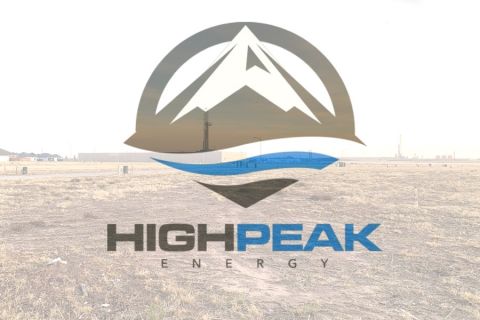BP is considering buying the remaining 50% stake in Lightsource BP (LSBP), its solar power joint venture, as part of the British giant's drive to build up its renewable energy capacity, three industry and company sources said.
The internal talks come after CEO Bernard Looney last month slowed down BP's shift away from oil and gas but still vowed to increase spending on renewables and low-carbon fuels by $8 billion by 2030.
BP acquired in 2017 a 43% stake in Lightsource for $200 million and increased its interest to 50% two years later.
A deal would value LSBP's current portfolio around $2 billion, although the final price tag could be significantly higher depending on the valuation of its long-term business, two of the sources said.
"The number is in the eye of the beholder," one source close to the talks told Reuters. "So much depends on what you believe the future of the solar power sector to be."
A BP spokesperson declined to comment. LSBP declined to comment.
London-based LSBP was founded in 2010 by its CEO Nick Boyle, who holds the majority of the outstanding 50% stake, and is today one of the world's top developers of solar photovoltaic projects.
It has developed around 9 gigawatt (GW) of projects and currently has operations in 19 countries. It plans to develop 25 GW of solar projects by 2025, Boyle told Reuters last October.
LSBP remains in a large investment phase and as a result it reported at the end of 2021 a total loss of 173 million pounds ($211.5 million), compared with a loss of 22.3 million pounds a year earlier, according to its latest filing.
Soaring costs
BP also develops solar projects independently from LSBP including in the United States where in 2021 it acquired 9 gigawatts of solar projects from 7X Energy.
The energy giant considered increasing its stake in LSBP to 80% in 2019 under the terms of the two companies' contract, but opted for a modest increase to 50%, partly due to cost considerations, according to one source.
Acquiring control of LSBP would allow BP to grow its access to renewable power generation, simplify decision making on projects and investments and combine it with its in-house solar production, according to the sources.
But soaring raw material and transportation costs in the wake of the coronavirus pandemic have put heavy pressure on the profitability of renewables projects over the past year.
The internal discussions come as BP's head of renewables and natural gas Anja-Isabel Dotzenrath carries out a review of BP's solar and onshore wind business following a shake-up of the offshore wind and hydrogen divisions in recent months.
BP has shifted its renewables strategy since Dotzenrath, the former CEO of RWE Renewables, took office a year ago. It now aims to use most of the solar and wind power it generates to produce hydrogen and biofuel as well as to power its global electric vehicle charging network.
Solar, including BP's share in LSBP, accounted for 25.7 GW of BP's total renewables project pipeline of 43 GW at the end of last year, according to its annual results. The company aims to grow its renewables capacity to 50 GW by 2030.
Recommended Reading
BP’s Kate Thomson Promoted to CFO, Joins Board
2024-02-05 - Before becoming BP’s interim CFO in September 2023, Kate Thomson served as senior vice president of finance for production and operations.
Magnolia Oil & Gas Hikes Quarterly Cash Dividend by 13%
2024-02-05 - Magnolia’s dividend will rise 13% to $0.13 per share, the company said.
TPG Adds Lebovitz as Head of Infrastructure for Climate Investing Platform
2024-02-07 - TPG Rise Climate was launched in 2021 to make investments across asset classes in climate solutions globally.
Air Products Sees $15B Hydrogen, Energy Transition Project Backlog
2024-02-07 - Pennsylvania-headquartered Air Products has eight hydrogen projects underway and is targeting an IRR of more than 10%.
HighPeak Energy Authorizes First Share Buyback Since Founding
2024-02-06 - Along with a $75 million share repurchase program, Midland Basin operator HighPeak Energy’s board also increased its quarterly dividend.





